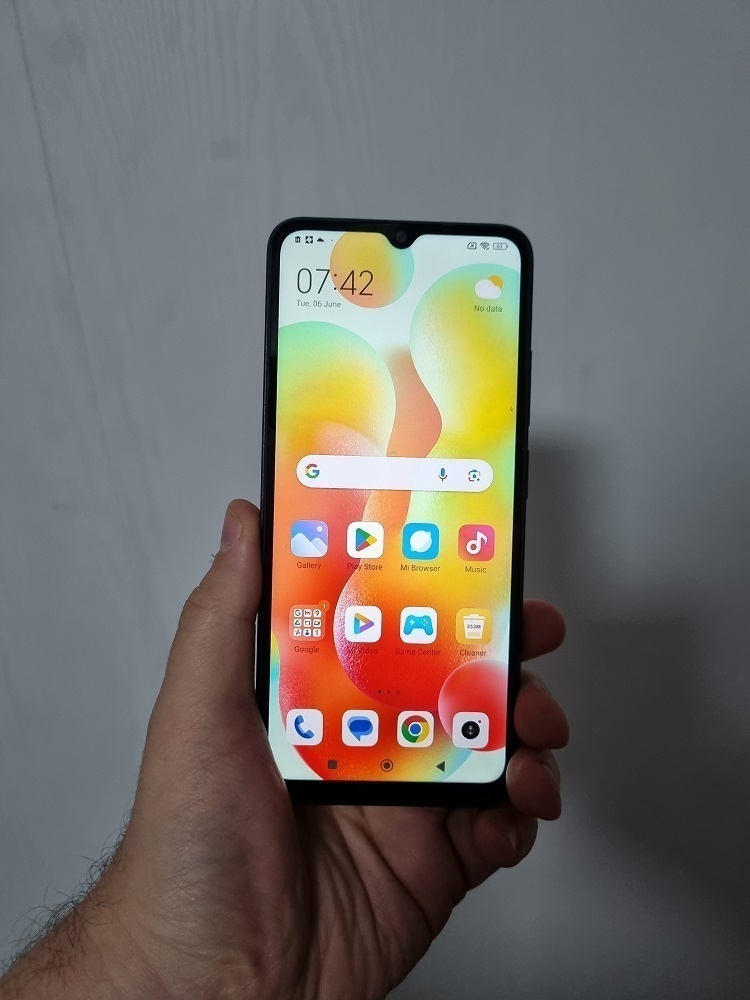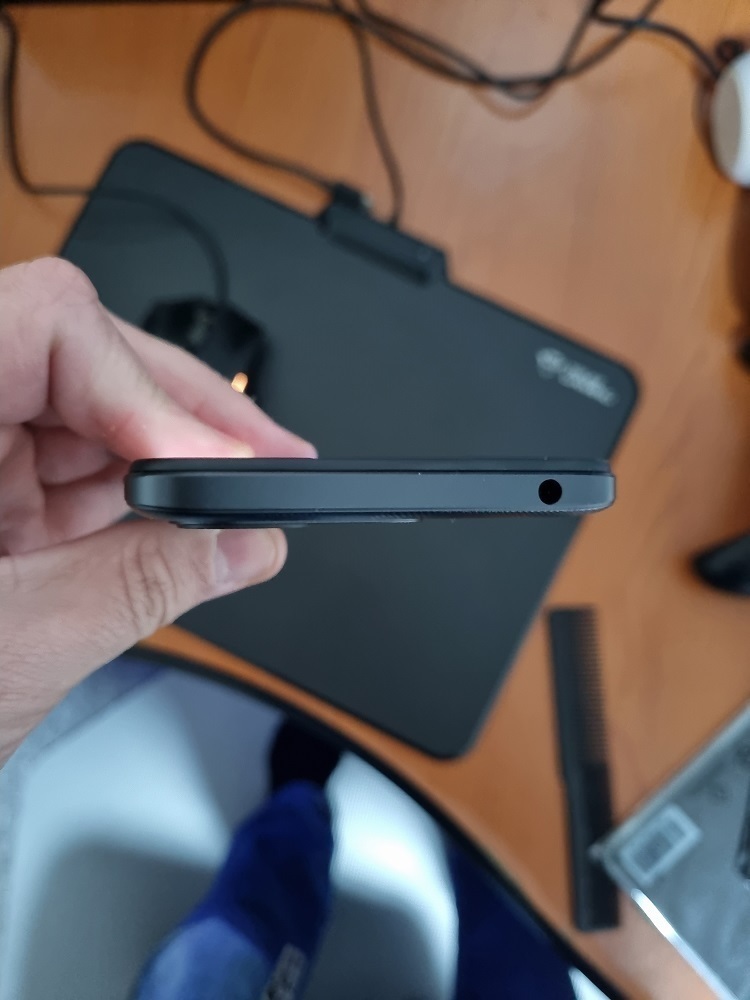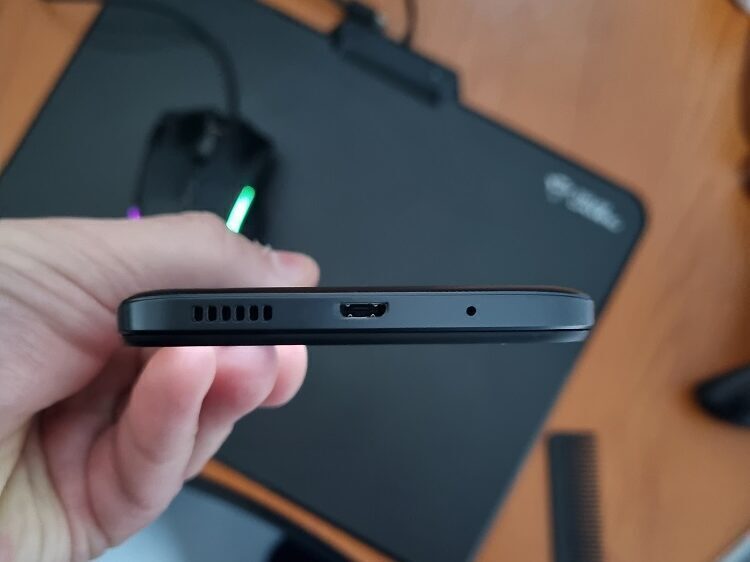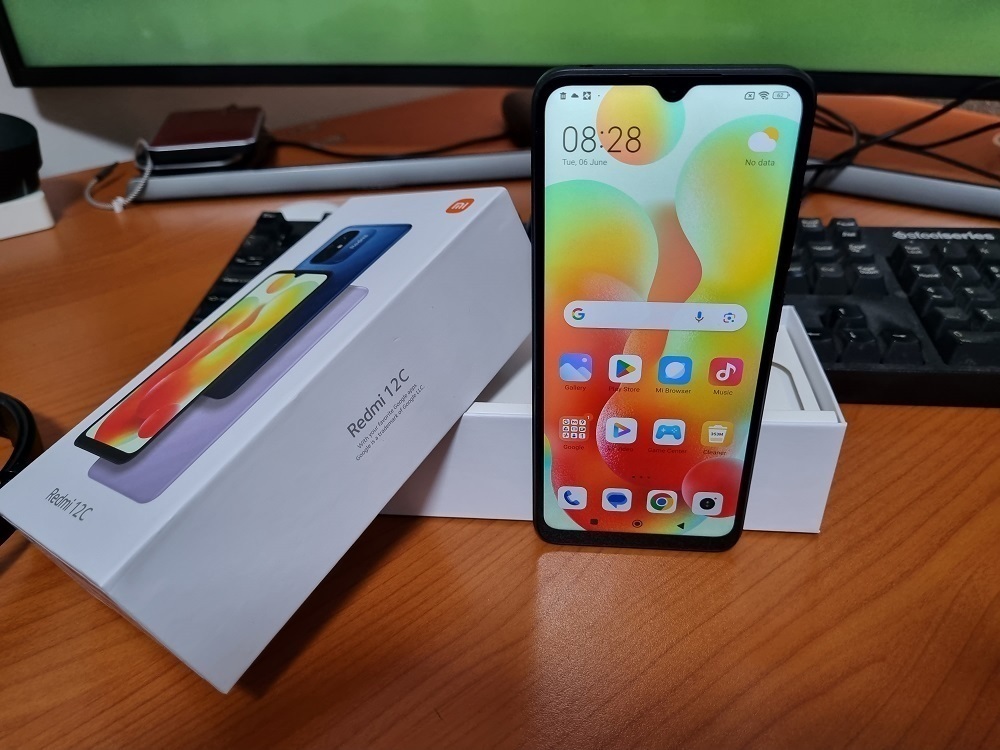The Redmi 12C is a strange phone to get a handle on. On the one hand, Xiaomi cut corners with its display, charger, charging port, and its plastic casing feels cheap in the hand. On the other, it's so cheap yet performs surprisingly well and is priced so attractively that it could still be the right phone to the right buyer. Seems there's more value than ever in the affordable smartphone space these days.
-
Design
-
Performance
-
Battery
-
Camera
-
Price
The Redmi 12C is the follow-up to Xiaomi’s popular 10C. It’s a pretty okay phone that’s priced reasonably.
If that doesn’t sound like a ringing endorsement, that’s because it isn’t – Xiaomi cut corners with the 12C to keep the price down, and it shows. But it didn’t cut every corner, so it has managed to produce something that punches above its weight for a phone in this price range.
Ultimately, then, this is a phone for someone on a budget that needs to do the basics (email, basic apps, surfing the net, Twitter, Facebook, etc.), but who also wants a phone that’s a cut above “entry-level”.
And that’s what’s on offer here: for what you’ll pay, the Redmi 12C is surprisingly decent.
Look and feel
The 12C is a phone of dichotomies. On the one hand, it’s made with what feels like cheap plastic, but on the other, there’s a fair amount of weight and heft to it (an association we have with quality phones).
And while it has a pretty generous 6.71-inch screen, that screen is LCD rather than OLED or IPS, and worse, it’s pretty low-res (more on that later). Lastly, while it comes across as cheaply made, the 12C is powered by the respectable octa-core Helios G85 processor, which makes its interface surprisingly nippy.
So yes, contradictions are everywhere to be found in this phone. Where you lose a bit in one aspect, you gain something good somewhere else. It’s weird.
Display
 The phone’s screen is probably where Xiaomi cut the most corners to keep costs down because the 12C’s LCD screen is not great. LCD panels don’t do well in bright light, so good luck seeing anything on the phone outside in the sun. Then the viewing angles are bad – tilting the phone in any direction almost immediately makes whatever is on-screen difficult to see properly. It’s also “only” a 60Hz panel, but frankly, high refresh rate phone screens are a gimmick reserved for such extravagances as “gaming phones”, so 60Hz is just fine at this level.
The phone’s screen is probably where Xiaomi cut the most corners to keep costs down because the 12C’s LCD screen is not great. LCD panels don’t do well in bright light, so good luck seeing anything on the phone outside in the sun. Then the viewing angles are bad – tilting the phone in any direction almost immediately makes whatever is on-screen difficult to see properly. It’s also “only” a 60Hz panel, but frankly, high refresh rate phone screens are a gimmick reserved for such extravagances as “gaming phones”, so 60Hz is just fine at this level.
The only somewhat-understandable design choice for the screen is the resolution of ‘only’ 1,650 x 720; this isn’t the end of the world because the phone’s visuals still somehow manage to seem crisp so long as you don’t get too close. Plus it contributes to stretching the phone’s battery, so we can forgive Xiaomi somewhat for this decision.
Overall, the screen gets the job done. You can, with a bit of difficulty, see what you need to see on it but it certainly won’t impress your friends or anyone who’s used a mid-range or high-end phone in the last ten years.
Interface
Using the phone is a mixed bag, or at least it was for us. On the good side, the fingerprint sensor on the back works incredibly well, and we felt like the phone responded to our attempts to unlock it with our fingerprints no worse than an old S8 did. On the not-so-good side, the operating system’s interface was, well, yuck.
This was our first experience with Xiaomi’s MIUI interface that sits on top of Android, and we must admit, we hated it. It felt too cluttered, too colourful, and cartoonish, so we ended up playing with the settings to make it resemble something more familiar.
Your mileage may vary, and you may love something that’s more playful than the interfaces you see on more serious phones. Since we are carrying around more grey than brown hair these days, ‘playful’ is not something we want from a phone. Maybe a younger person would appreciate that more, we don’t know. Also, get off our lawn.
Performance
 Aesthetics aside, we couldn’t complain too much about the interface’s overall zippiness, as that Helios G85 processor kept things moving along at a decent clip and applications loading quickly enough. And our test unit came with 128GB of storage and 4GB of RAM, which are amazing specs for a budget phone.
Aesthetics aside, we couldn’t complain too much about the interface’s overall zippiness, as that Helios G85 processor kept things moving along at a decent clip and applications loading quickly enough. And our test unit came with 128GB of storage and 4GB of RAM, which are amazing specs for a budget phone.
We had an old Samsung Galaxy S8 to compare it to, and the 12C wasn’t too far behind that six-year-old flagship in most things. 9gag, for example, only took a couple of seconds longer to load, as did the Play Store, Waze, Twitter, Instagram, and Facebook. You know, the important apps.
When it comes to gaming, it’s not impossible to do on the 12C, but it’s not recommended. Popular games like Apex Legends, Fortnite Mobile, PUBG Mobile, and Call of Duty Mobile run, but like the old days of PC gaming, you’ll need to drop quality settings quite a bit to keep gameplay smooth. Basically, don’t buy this phone specifically for gaming – pay a bit more and get something better instead.
The 5,000mAh battery in the 12C offers pretty decent uptime. We got through a full day of using the phone extensively without needing a recharge (and sometimes with as much as 30% battery remaining come bedtime), so if you are in the habit of charging your phone overnight, this will fit right into your schedule.
Calling & Connectivity
What we really love about the 12C is that it’s a dual-SIM phone, meaning you can use it with two different networks and use one SIM for calls and another for data if you wish. Its dual-SIM tray can also accommodate an SD card if you need more storage.
This isn’t a 5G phone, but this shouldn’t matter to someone on a budget because the 12C operates just fine over LTE. As for WiFi, the 12C supports up to AC speeds, so there’s no chance it won’t use your full internet speed even if you’re on a gigabit connection.
Lastly, call quality is great: callers sound crystal clear, and the single speaker always sounded crisp and clear.
Charging & Ports
 The one place Xiaomi skimped on that really bugged us was the charger. Firstly, the charger in the box is only rated at 10W, so charging the phone is not super-fast. Secondly, and more egregious, is that the Redmi 12C uses a microUSB port for charging.
The one place Xiaomi skimped on that really bugged us was the charger. Firstly, the charger in the box is only rated at 10W, so charging the phone is not super-fast. Secondly, and more egregious, is that the Redmi 12C uses a microUSB port for charging.
This was likely done to keep costs down as that old standard costs Xiaomi less to license than USB-C does, but from the consumer’s perspective, it’s quite a big oversight. This means no sharing of chargers with friends or relatives who use Type C phones and good luck finding someone with a microUSB charger at the office if you forget yours.
The other throwback to older technology Xiaomi went with is fortunately one we really like: the 12C has a 3.5mm headphone jack. It’s therefore far easier to connect headphones, with no fiddling with Bluetooth or NFC needed to get connected to private sound. Wireless headphones are super futuristic and all that, but there’s no denying that good old analogue connections are easier to work with. We live in hope that the big names bring those back at some point.
Camera
The 12C has a 50MP sensor on the back, complemented by a 0.08MP depth sensor, and on the front, you’ll find a 5MP selfie camera. The pictures this phone takes are “good enough” for those who just want to capture their lives for social media or their own personal photo libraries.
Nobody’s going to be mocking the quality of your photos, but neither are they going to be asking you for photography tips. For a budget phone, this is more than acceptable.
Xiaomi Redmi 12C verdict
Overall, the Redmi 12C from Xiaomi is a solid budget phone. For the price you’re paying – which is anywhere from R2,500 to over R3,000 depending on how much storage and RAM you need – you’re getting a lot in return, which is why we’re happy to recommend picking one up despite its drawbacks.
For less than R5,000, you’re getting a cheap-feeling phone that performs well enough to not frustrate you, all-day battery, a camera that takes adequate – if not amazing – photos, and a screen that will show you what you need (albeit not very well in bright light).
So while it’s not a contender for Phone of the Year, the Redmi 12C is nicely-priced and performs well enough that you (probably) won’t mind.




